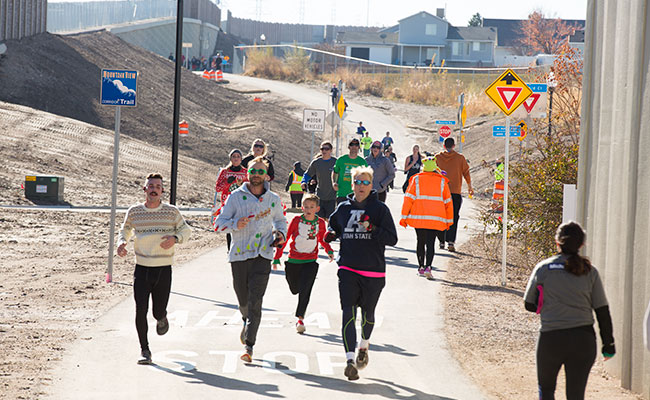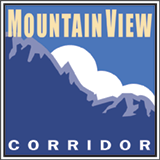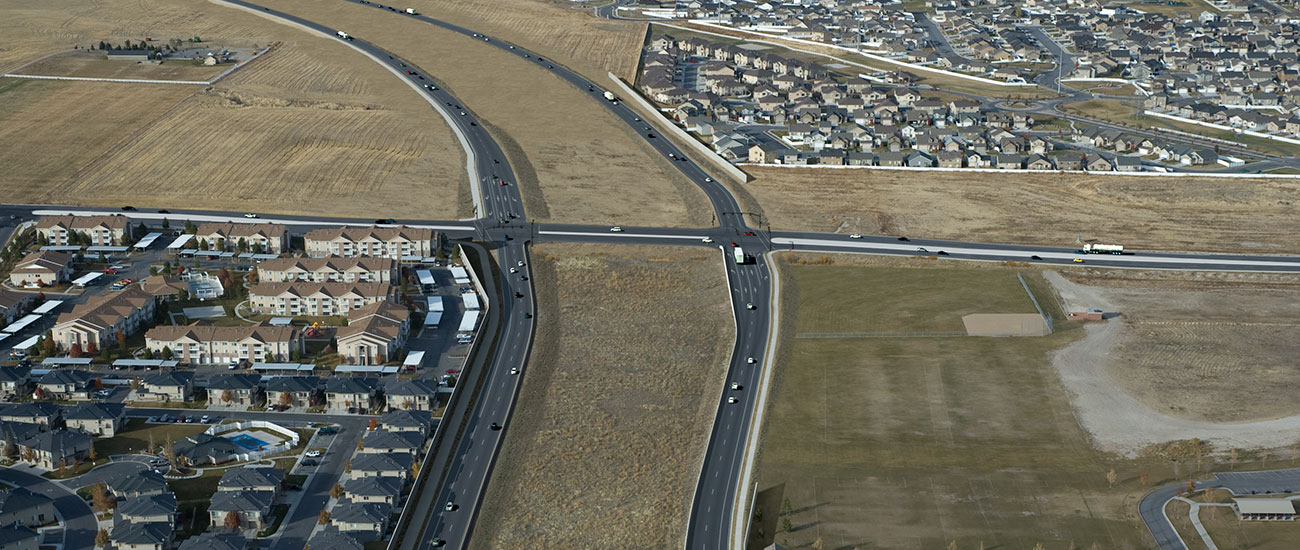
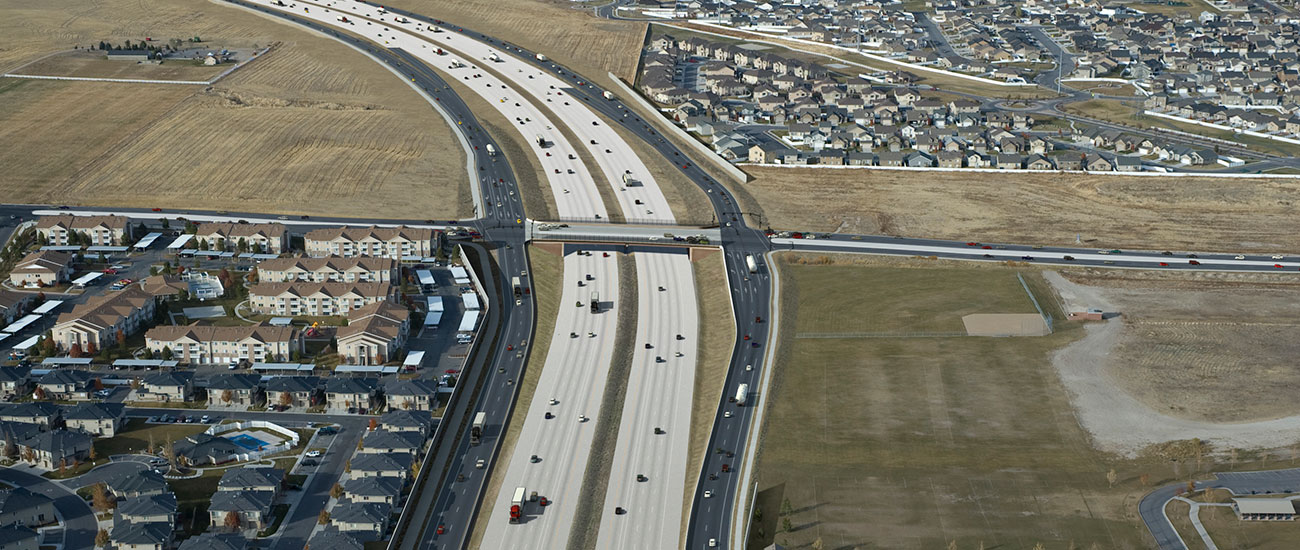
Mountain View Corridor
The Road That’s Been Traveled
A Record of Decision was granted by the Federal Highway Administration (FHWA) for the Mountain View Corridor in November 2008. The timeline below reviews, year by year, the events and phases the Mountain View Corridor has gone through to get it to where it is today. As the project progresses, it is important to remember the process it has undergone to arrive at the decisions that have been made to guide the Mountain View Corridor forward. It took five years of technical study, agency coordination and public outreach to identify preferred alternatives for a new roadway and transit-way in west Salt Lake County and northwest Utah County. The ability to be flexible and adaptable in outreach tools and approaches was anchored in UDOT’s commitment for an open, transparent process. The Record of Decision is a testament to the effort made to involve the public and other interested groups.

Growth Choices
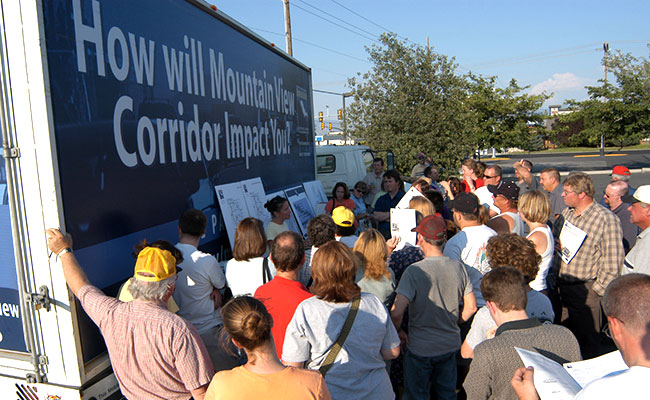
Concepts Outreach
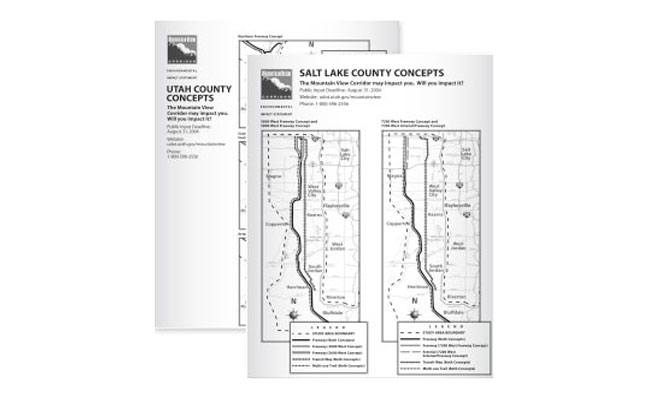
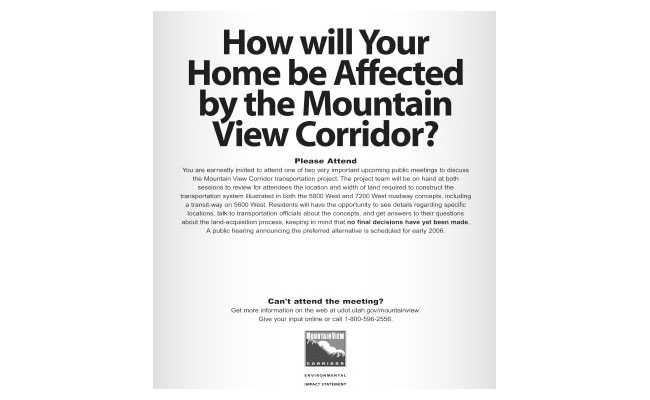
Alternative Refinement
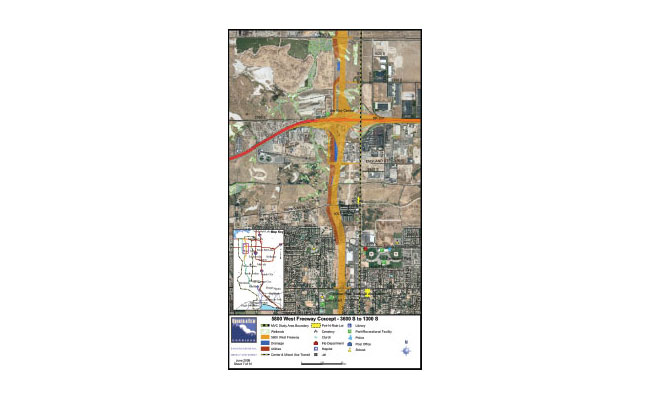
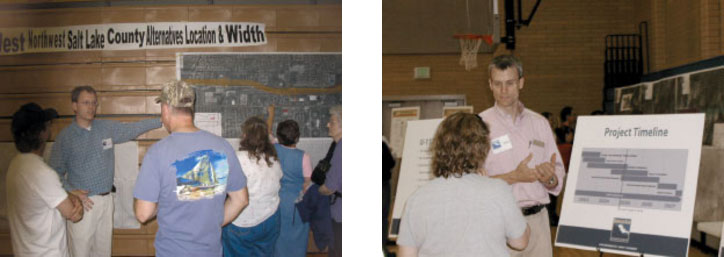
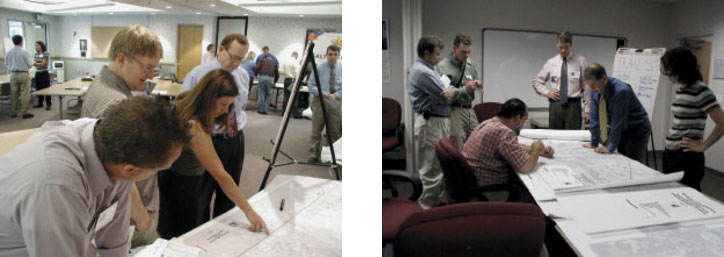
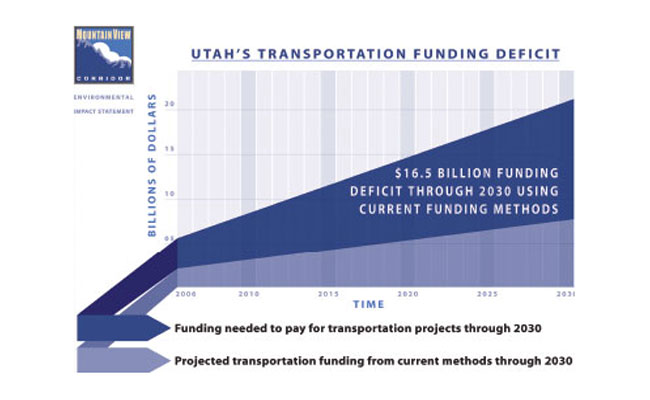
Funding Challenges
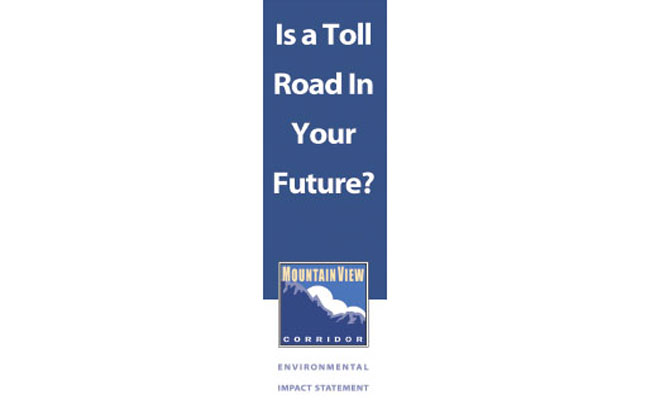
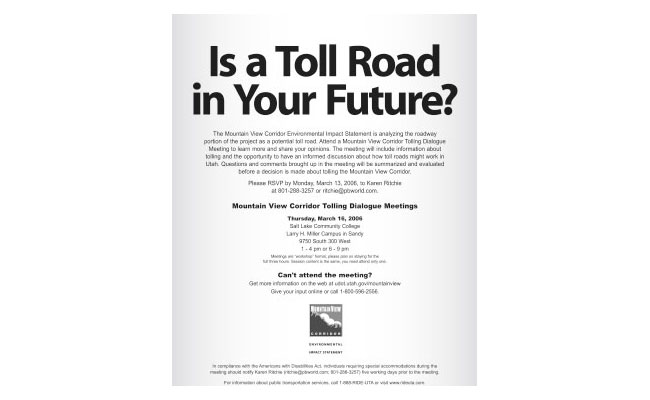
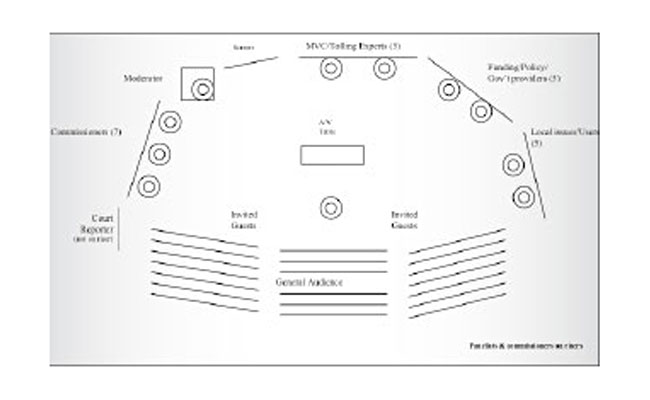
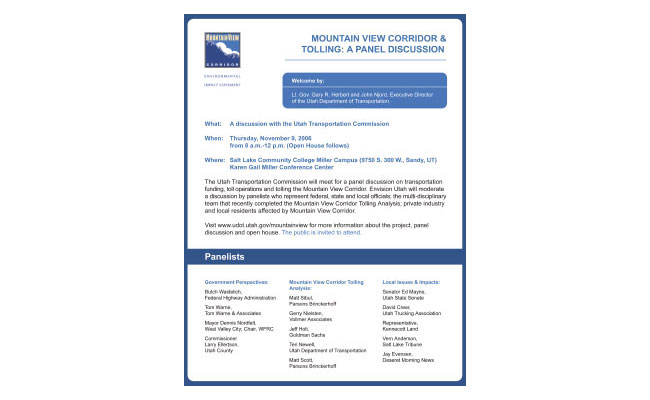
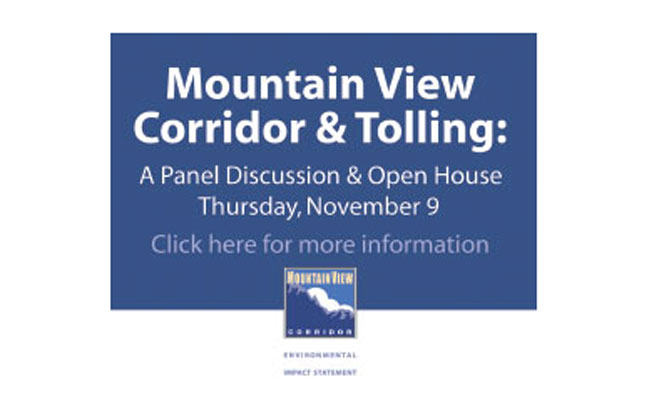
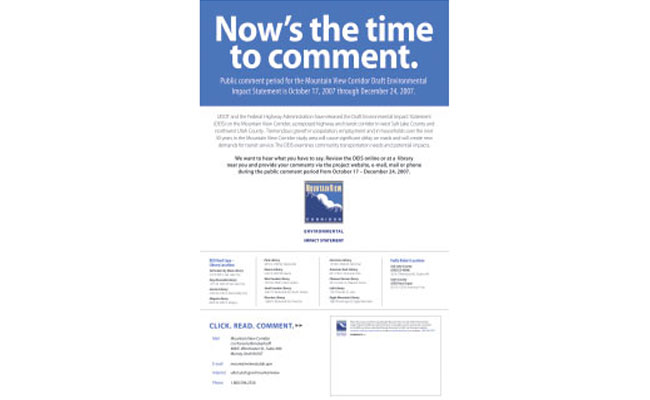
Draft EIS
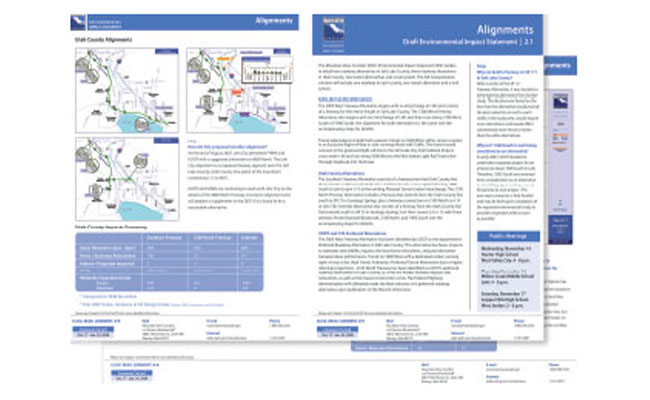
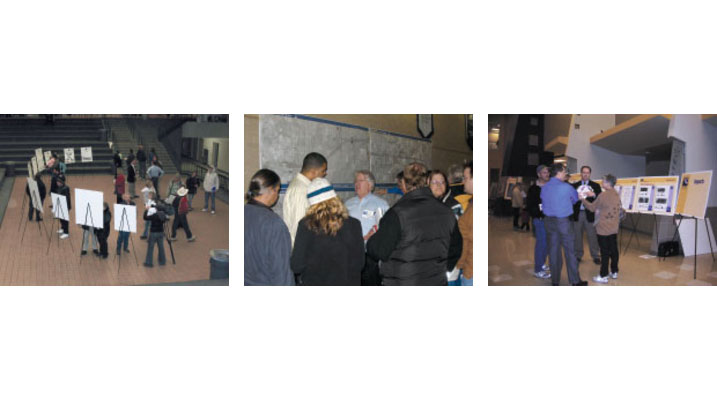
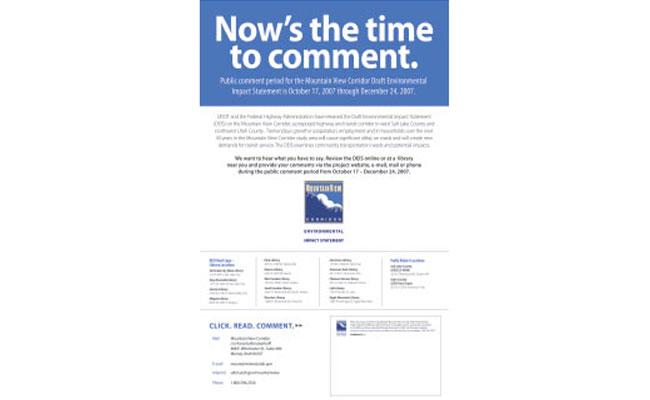
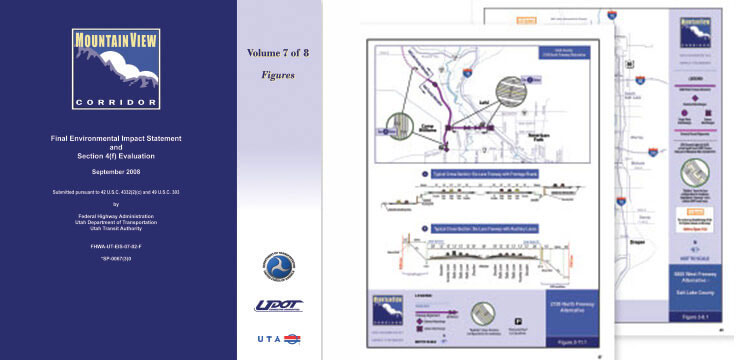
Final EIS

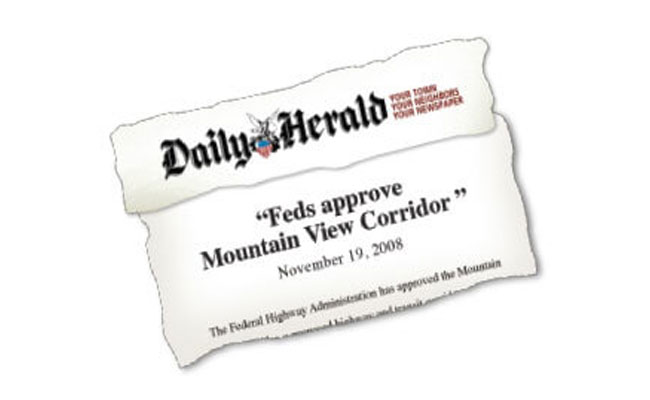
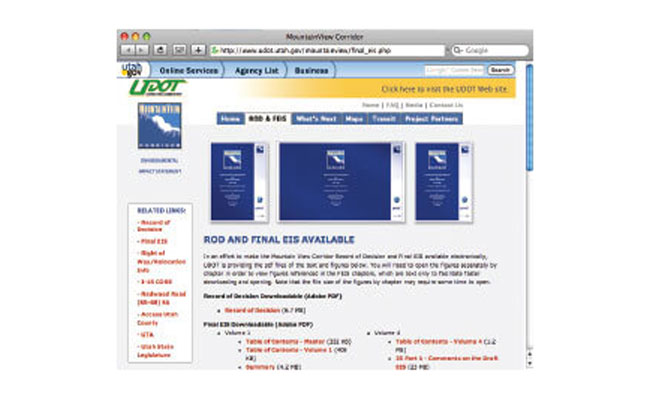
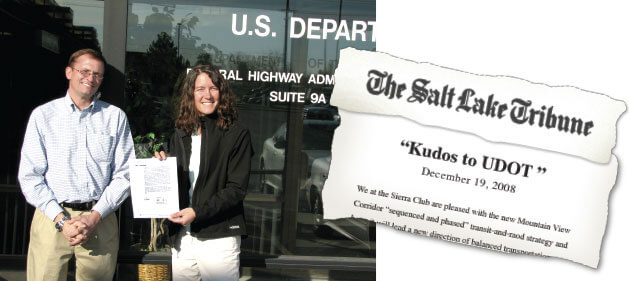
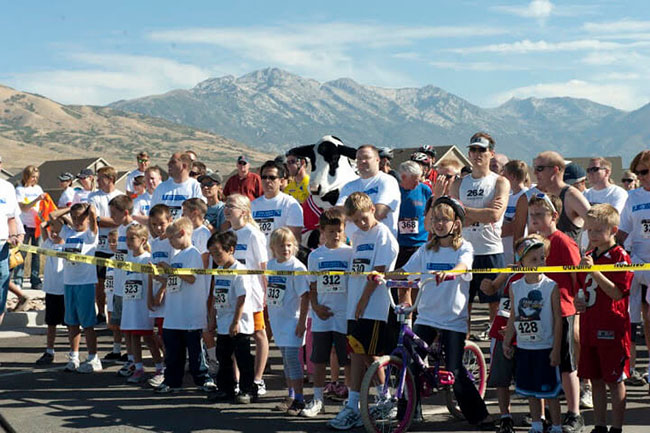
Utah County 2100 North Opening Event
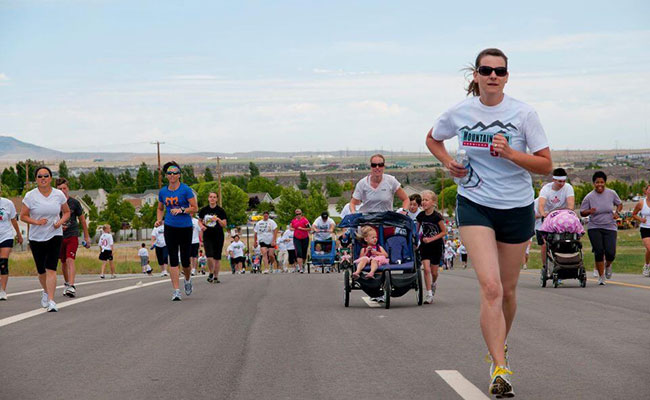
Herriman/Riverton Opening Event
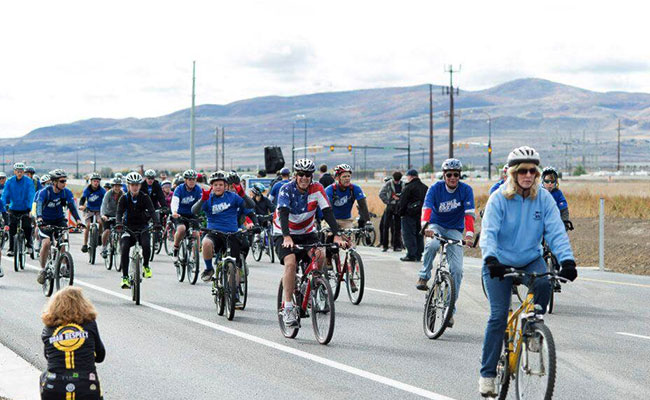
Daybreak Opening Event
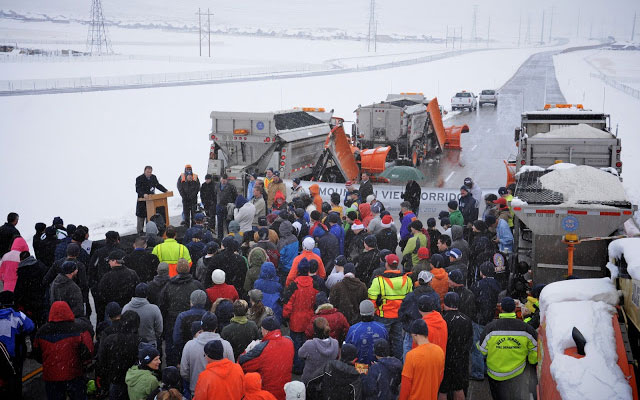
West Jordan Opening Event
